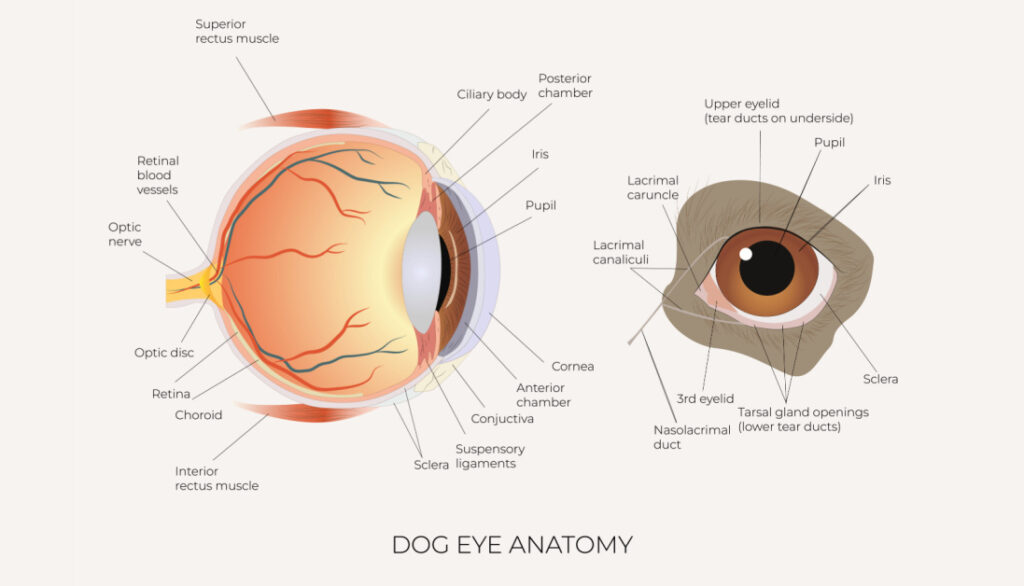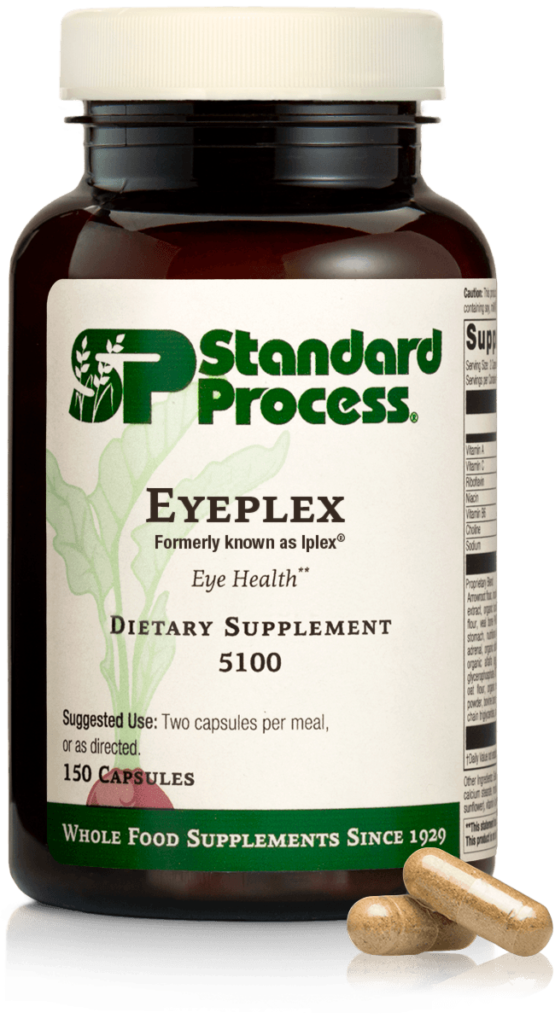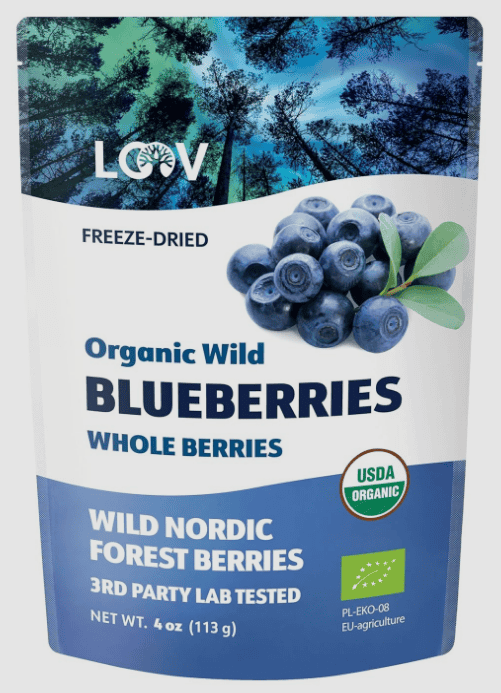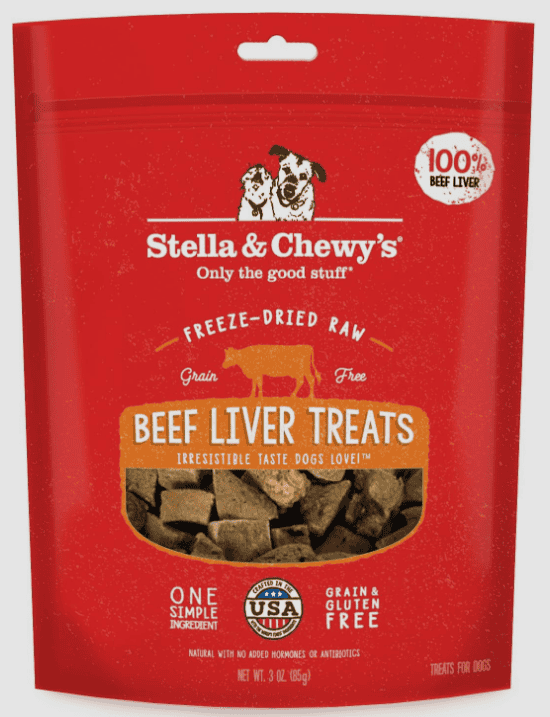Hello, fellow dog lover! I’m Dr. Candy Akers, and today, we’re going to talk about a topic that’s close to my heart and crucial for your furry friend’s well-being – Australian Kelpie Eye Health.
As a holistic veterinarian, I’ve come across many Australian Kelpies, a breed known for its intelligence, agility, and stunning eyes. However, these beautiful eyes can sometimes be prone to certain health issues. That’s why understanding your Kelpie’s eye structure and being aware of potential problems is so important. It’s not just about ensuring your pet’s vision is perfect; it’s about guaranteeing their overall health and happiness.
From common eye problems in Australian Kelpie to prevention strategies, we’ll cover it all. We’ll also discuss the role of diet and environmental hygiene in maintaining your Kelpie’s eye health. Plus, I’ll share some routine care and maintenance tips to help you keep those lovely Kelpie eyes sparkling and disease-free.
Whether you’re a seasoned Kelpie parent or considering adopting one, this guide will provide you with valuable insights into Australian Kelpie eye care. Remember, knowledge is power, and the more you know about your dog’s eye health, the better equipped you’ll be to prevent and treat any potential issues. So, let’s get started!

Understanding Breed Specific Eye Structure
You may be wondering why understanding the specific eye structure of your Australian Kelpie is important. Well, it’s because this knowledge can help you identify any early signs of potential eye issues, and in turn, allow for prompt treatment. Let’s delve into some fascinating insights about the unique eye structure of this breed.
Australian Kelpies, like other dogs, have eyes that are rich in cones and rods, the sensory cells responsible for colour and light perception. These cells are more concentrated in their eyes than in human eyes, making them more sensitive to movement and light changes. However, the positioning and structure of their eyes are unique to their breed and function.
Bred for herding livestock, Kelpies have a broad field of vision, which is facilitated by their slightly domed skulls and wide-set eyes. The eyes themselves are almond-shaped, medium-sized, and are usually dark brown, complementing their coat colour. This eye shape and positioning give them the advantage of spotting any stray animals from their peripheral vision.
Their eyes are covered by a thin, transparent membrane known as the third eyelid or nictitating membrane. This membrane provides additional protection from dust and debris, which is crucial for a breed that traditionally works in harsh, outdoor environments.
Moreover, the Australian Kelpie’s cornea, the clear front surface of the eye, is slightly more curved than in other breeds. This curvature increases the field of vision even more, allowing them to effectively monitor their surroundings.
Understanding these breed-specific features of your Kelpie’s eyes can be instrumental in maintaining their eye health. It will enable you to notice any changes or abnormalities, such as redness, cloudiness, or change in shape, that may suggest a potential eye problem. Remember, early detection is the key to effective treatment and preserving your Kelpie’s vision.
In our journey to ensure the optimal Australian Kelpie Eye Health, understanding their unique eye structure is the first step. Stay tuned as we explore common eye issues in Australian Kelpies and how to prevent them. Let’s work together to keep those bright, alert eyes healthy and happy!

Common Eye Issues In Australian Kelpie
As a veterinarian, I’ve had the privilege of caring for many Australian Kelpie dogs over the years. A highly energetic and intelligent breed, these dogs are a joy to be around. However, they can be prone to certain health issues, including some concerning their eyes. Understanding Australian Kelpie Eye Health is crucial for any Kelpie parent, as early detection and treatment can prevent further complications.
One of the most common eye conditions in Australian Kelpies is Progressive Retinal Atrophy (PRA). This is a genetic condition that gradually causes the retina to degenerate, leading to vision loss. Symptoms often start with night blindness and progress to total blindness over time.
Another common issue is Cataracts. Just like in humans, cataracts in dogs can cause cloudiness in the eye lens, leading to vision impairment. While they’re often connected to aging, they can also be hereditary or caused by diseases like diabetes.
Australian Kelpies can also suffer from Entropion, a condition where the eyelid rolls inward. This can cause the eyelashes to rub against the eye surface, resulting in irritation, pain, and potentially, corneal ulcers or vision loss.
Lastly, Corneal Dystrophy is another condition that can affect your Kelpie’s eyes. It’s a group of inherited disorders that affect the cornea, the clear front part of the eye. This can lead to vision problems and eye discomfort.
- Progressive Retinal Atrophy (PRA) – gradual retina degeneration, leading to vision loss.
- Cataracts – cloudiness in the eye lens, leading to vision impairment.
- Entropion – inward rolling of the eyelid, causing irritation and potential vision loss.
- Corneal Dystrophy – inherited disorders affecting the cornea, leading to vision problems and discomfort.
If you notice any changes in your Kelpie’s eyes, such as cloudiness, redness, excessive tearing, or if they seem to be having trouble seeing, it’s essential to consult your vet immediately. Regular check-ups can also help in early detection of these conditions, ensuring your Australian Kelpie’s eye health is always at its best.

Prevention of Eye Problems
Ensuring your Australian Kelpie gets the right nutrients for optimal eye health is essential for maintaining clear vision and preventing age-related issues. Natural, nutrient-rich foods and supplements can play a key role in supporting their eyesight. From vitamin A-packed freeze-dried liver treats to antioxidant-rich blueberries and targeted supplements like Eyeplex by Standard Process, there are several ways to nourish your dog’s eyes. In this section, we’ll explore how these powerful ingredients contribute to long-term vision health and overall well-being.
Eyeplex by Standard Process
Eyeplex by Standard Process is a specialized supplement designed to support your Australian Kelpie’s eye health with a blend of essential nutrients. Formulated with key vitamins, minerals, and antioxidants, Eyeplex helps protect against oxidative stress, supports retinal function, and promotes overall vision health. Ingredients like vitamin A, vitamin C, and zinc contribute to maintaining strong eyesight, while whole food ingredients provide additional phytonutrients for cellular protection. Adding Eyeplex to your Australian Kelpie’s diet can be especially beneficial for aging dogs or breeds prone to eye conditions, offering targeted nutritional support to keep their vision sharp and healthy for years to come.

Freeze-Dried Blueberries
Freeze-dried blueberries are a powerhouse of antioxidants that can help protect your Australian Kelpie’s eyes from oxidative stress and age-related damage. Rich in vitamins C and E, as well as anthocyanins, these tiny but mighty berries help combat free radicals that can contribute to eye diseases like cataracts and macular degeneration. Incorporating freeze-dried blueberries into your dog’s diet provides a natural and delicious way to support retinal health, reduce inflammation, and promote overall vision longevity. Plus, they’re a low-calorie, dog-friendly treat that makes a great addition to a balanced diet for long-term eye health.

Freeze-Dried Liver
Freeze-dried liver treats are an excellent natural source of vitamin A, an essential nutrient for your Australian Kelpie’s eye health. Vitamin A plays a crucial role in maintaining good vision, especially in low-light conditions, while also supporting overall immune function and skin health. Since liver is rich in bioavailable vitamin A, incorporating freeze-dried liver treats into your dog’s diet provides a convenient and nutritious way to promote optimal eye function. Just be sure to feed them in moderation, as excessive vitamin A can lead to toxicity. Adding these nutrient-packed treats to your pup’s routine is a simple, tasty way to support their long-term vision and well-being!

By prioritizing your Australian Kelpie’s eye health through a balanced diet and nutritional supplements, you can help prevent many common eye issues. These simple steps can go a long way in ensuring your pup’s eyes stay healthy and clear for years to come.
Environmental Hygiene to Reduce Eye Problems
Ensuring a clean and safe environment is paramount when it comes to maintaining your Australian Kelpie’s eye health. This involves paying close attention to the indoor air quality and being mindful of the products you use around your pet, such as sprays, diffusers, candles, and incense.
Indoor Air Quality
Indoor air quality plays a significant role in your Australian Kelpie’s eye health. Dust, dander, and other airborne particles can irritate their eyes, leading to discomfort, redness, and potential infections. Regularly cleaning your home, especially areas where your Kelpie spends most of their time, can significantly reduce these risks.
- Invest in an air purifier to remove allergens and pollutants from the air.
- Regularly clean and vacuum to reduce dust and pet dander.
- Keep windows closed during high pollen seasons to prevent allergens from entering your home.
Sprays, Diffusers, Candles, Incense
The fragrances and chemicals in sprays, diffusers, candles, and incense can also irritate your Kelpie’s eyes. These products often contain volatile organic compounds (VOCs) that can cause eye irritation and other health issues in pets.
- Avoid using these products in areas where your pet spends a lot of time.
- Opt for pet-friendly products that are free of harmful chemicals.
- Ensure proper ventilation whenever you use these products.
Remember, the health of your Australian Kelpie’s eyes is not just about direct care and treatment. It’s also about creating an environment that supports their overall health and well-being. By maintaining high indoor air quality and being mindful of the products you use, you can significantly contribute to your Australian Kelpie’s eye health.

Routine Australian Kelpie Eye Care & Maintenance
When it comes to maintaining the overall Australian Kelpie Eye Health, a regular care routine is of utmost importance. As a Kelpie parent, your role involves more than just providing a balanced diet and clean environment. It also includes proactive measures to prevent potential eye issues.
Daily & Weekly Care & Maintenance
Start with daily inspections of your Kelpie’s eyes. Look for any signs of redness, swelling, or discharge. If you notice anything unusual, it’s best to consult your vet immediately. Apart from this, make sure to clean your dog’s eyes gently using a soft, damp cloth or a pet-specific eye wipe. This should be done daily to remove any dirt or bacteria that could cause infections.
Weekly, take a closer look at your Kelpie’s eyes. Check for any changes in color or clarity. If you see a cloudy appearance or a change in eye color, it could indicate a more serious issue like cataracts or other common eye problems in Australian Kelpie.
Monitor Hair Length, Nail Length, Bath Frequency
Interestingly, other aspects of your Kelpie’s grooming can also impact their eye health. For instance, hair that is too long can irritate the eyes and cause infections. Therefore, regular hair trimming, especially around the eye area, is crucial.
Similarly, long nails can lead to scratches on the cornea if your Kelpie rubs their eyes with their paws. Keeping your Kelpie’s nails trimmed is a simple but effective way to prevent this.
Lastly, consider your Kelpie’s bath frequency. While it’s important to keep your Kelpie clean, excessive bathing can dry out their skin, including around the eyes. This can lead to irritation and potential eye issues. Therefore, stick to a moderate bath schedule and always be careful to avoid getting soap or shampoo in your Kelpie’s eyes.
Maintaining your Australian Kelpie’s eye health is a commitment that requires daily attention and care. By sticking to a regular eye care routine and monitoring aspects like hair and nail length, you can help keep your Kelpie’s eyes healthy and prevent common eye issues. Remember, early detection is key in managing any potential eye problems, so never hesitate to consult your vet if you notice anything unusual.

Frequently Asked Questions
1. What are common eye conditions that affect Australian Kelpies?
Australian Kelpies are prone to several eye conditions, including cataracts, progressive retinal atrophy (PRA), and distichiasis.
2. How can I identify if my Australian Kelpie has an eye problem?
Watch out for symptoms such as redness, excessive tearing, cloudiness, squinting, or bumping into objects. If you notice any of these signs, it’s best to consult a veterinarian.
3. Can eye conditions in Australian Kelpies be treated?
Depending on the specific condition, treatment options may include medication, surgery, or management strategies to slow down the progression of the disease. It’s important to consult with a veterinarian for proper diagnosis and treatment.
4. How can I prevent eye problems in my Australian Kelpie?
Regular veterinary check-ups, maintaining good hygiene, protecting your dog’s eyes from injury, and providing a balanced diet can help prevent some eye conditions. Additionally, breeding from dogs with clear eye certificates can reduce the risk of hereditary eye diseases.
5. Are Australian Kelpies more prone to eye problems compared to other dog breeds?
While Australian Kelpies are generally a healthy breed, they do have a higher predisposition to certain eye conditions. It’s important to be aware of these risks and take appropriate measures to ensure your dog’s eye health.
